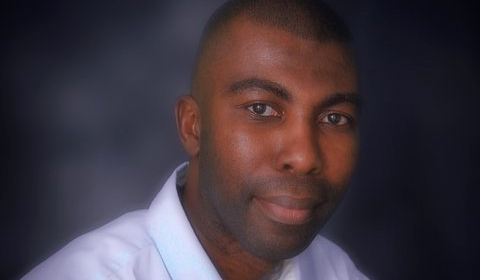
To err is Human. Unfortunately, to err repeatedly is also human. It’s one of our deadliest weaknesses as humans, with matching consequences in some cases. Of course in aviation, we can’t just sit around and wait for the next human to screw up. Let’s therefore see what happens and how to manage human error.
To err is Human. Unfortunately, to err repeatedly is also human. It’s one of our deadliest weaknesses as humans, with matching consequences in some cases. Why is this so? Let’s find the answer.
What Is Human Error?
Human error is an imbalance between what the situation requires, what the person intends, and what he/she actually does.
Human error happens when people:
• Plan to do the right thing but with the wrong outcome (e.g., misdial a correct telephone number; give the correct instruction to the wrong aircraft)
• Do the wrong thing for the situation (e.g., turn an aircraft off an assigned track before passing the transfer of control point)
• Fail to do anything when action is required (e.g., fail to report unserviceable equipment)
Why do Errors Happen?
As imperfect humans, we have inherent limitations in our abilities. We will make mistakes. To answer the question of “why do errors happen?” or “why did the error happen?” it is necessary to look beyond the person who made the error.
Simply put, errors happen when multiple factors come together to allow them to happen. What we usually call “human error” is really “system error”. People are one part of a system that includes all of the other parts of the organization or work environment – equipment, technology, environment, organization, training, policies, and procedures. Human error is rooted in failure of the system or the organization to prevent the error from happening, and if an error happens, failure to prevent the error from becoming a problem.
Consider this accident:
In February 2009, a Colgan Air commuter plane crashed while making an approach at Buffalo in upstate New York. The aircraft iced up, and the crew reacted incorrectly. All passengers and crew on board and one person on the ground were killed.
A human error analysis will show that:
- the flight crew’s failure to monitor airspeed in relation to the rising position of the lowspeed cue (active failure),
- the flight crew’s failure to adhere to sterile cockpit procedures (active failure),
- the captain’s failure to effectively manage the flight (active failure), and
- Colgan Air’s inadequate procedures for airspeed selection and management during approaches in icing conditions (latent failure).
Reason’s ‘Swiss Cheese Model’
In his research, James Reason has highlighted the concept of ‘defenses’ against human error within an organization, and has coined the notion of ‘defenses in depth’. Examples of defenses are pre-flight checks, automatic warnings, challenge-response procedures, etc., which help prevent to human errors, reducing the likelihood of negative consequences. It is when these defenses are weakened and breached that human errors can result in incidents or accidents. These defenses have been portrayed diagrammatically, as several slices of Swiss cheese (and hence the model has become known as Professor Reason’s “Swiss cheese” model)
Some failures are ‘latent’, meaning that they have been made at some point in the past and lay dormant. This may be introduced at the time an aircraft was designed or may associated with management decisions and policies. Errors made by front line personnel, such as flight crew, are ‘active’ failures. The more holes in a system’s defenses, the more likely it is that errors result in incidents or accidents, but it is only in certain circumstances, when all holes ‘line up’, that these occur.
Usually, if an error has breached the design or engineering defenses, it reaches the flight operations defenses (e.g. in flight warning) and is detected and handled at this stage. However, occasionally in aviation, an error can breach all the defenses (e.g. a pilot ignores an in flight warning, believing it to be a false alarm) and a catastrophic situation ensues.
Managing Human Error
To effectively manage human error, we have to avoid blaming people for mistakes, and focus on improving the work environment. The pillars of managing human error are recognizing, preventing and mitigating errors. The culture within an organization will ultimately dictate how effective human error is managed.
Here’s my question: What action do you take in order to recognize, prevent or mitigate human error?








2 Responses
That is a really difficult question. With all the procedures they have in place. you never really know what you would do until you are actually put in that situation.
This is a question that cannot be answered completely, since humans err constantly. We are not ever going to be perfect. The best thing is to have several checks, like having more than 1 person on the same job.